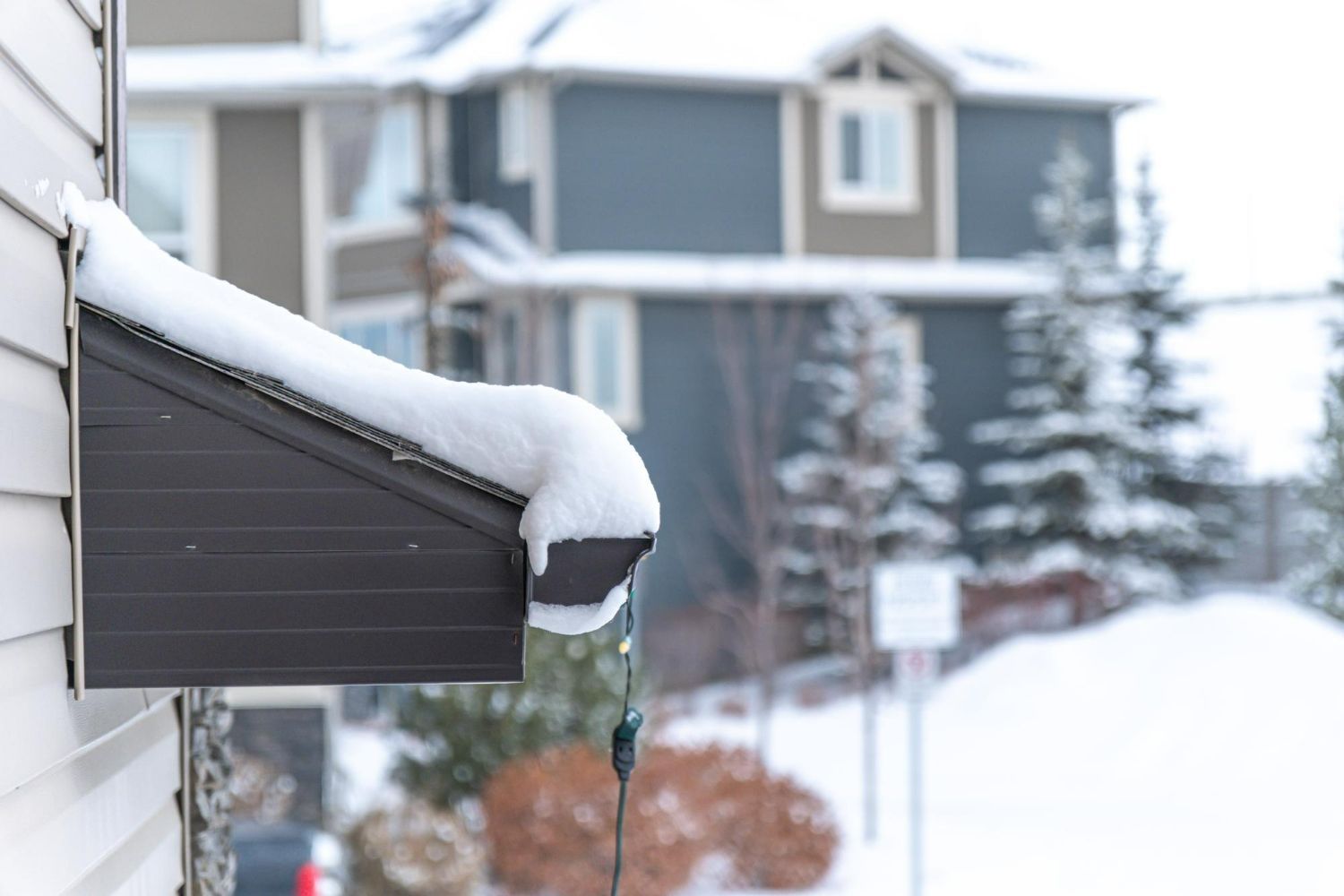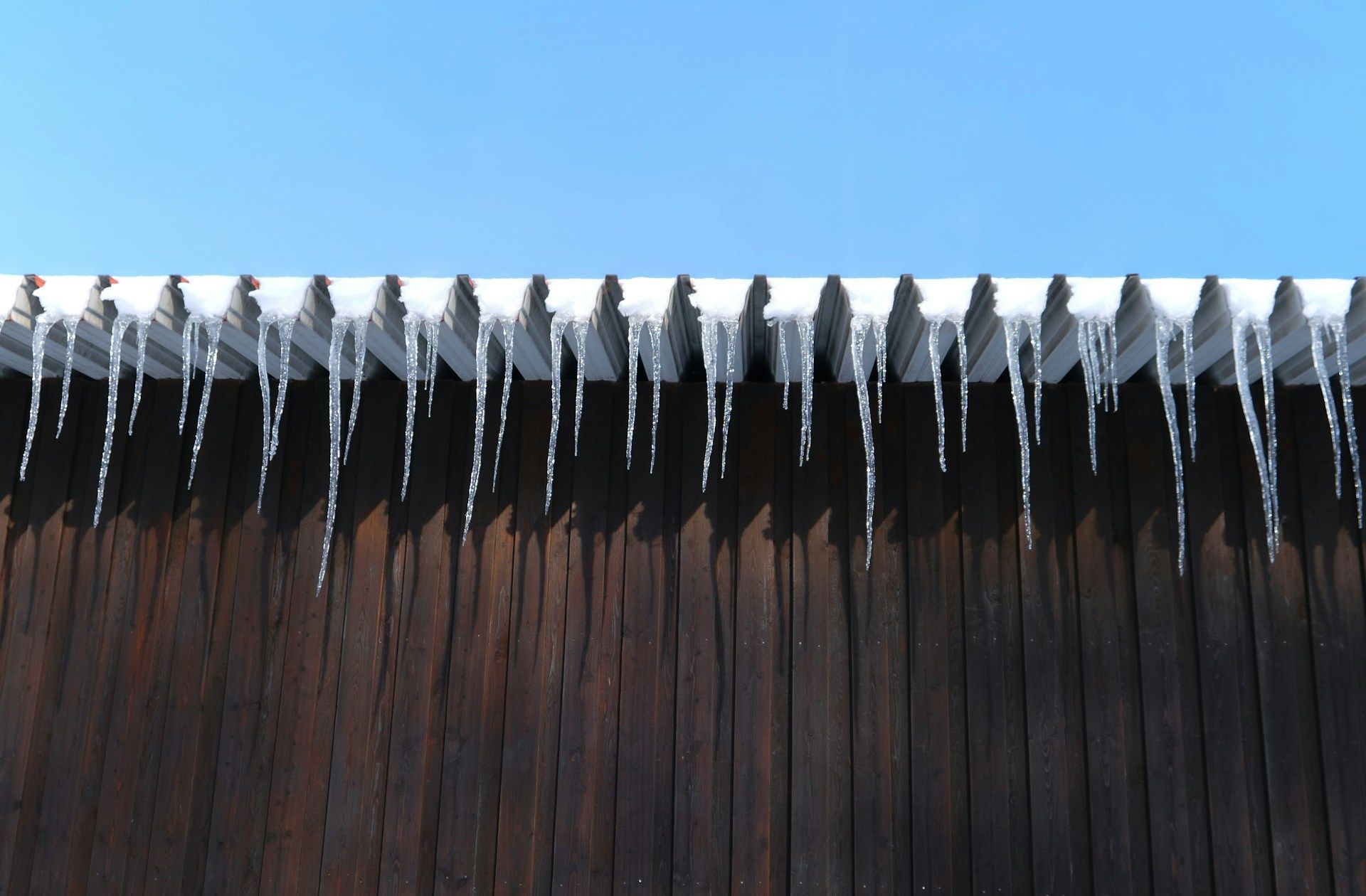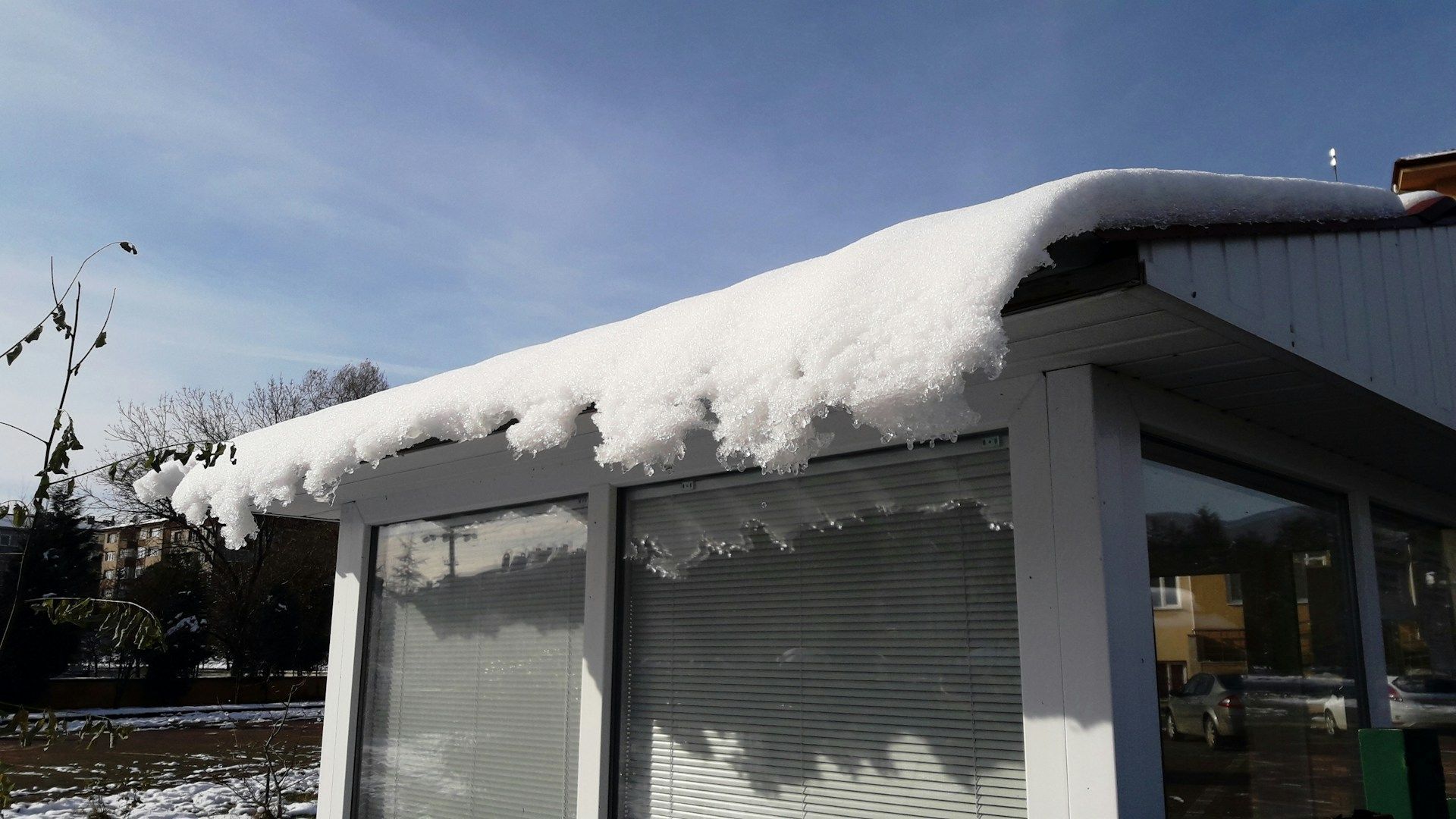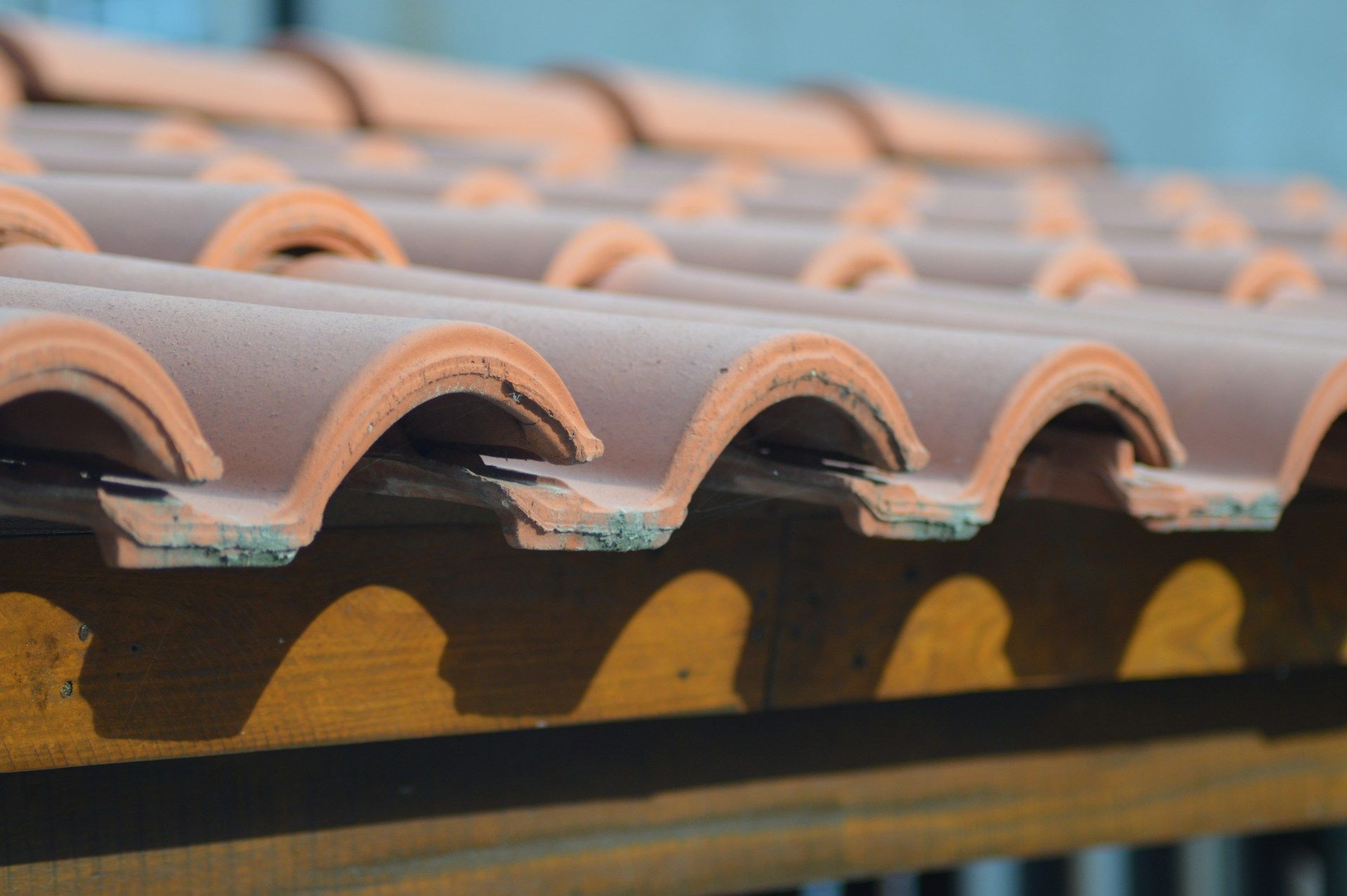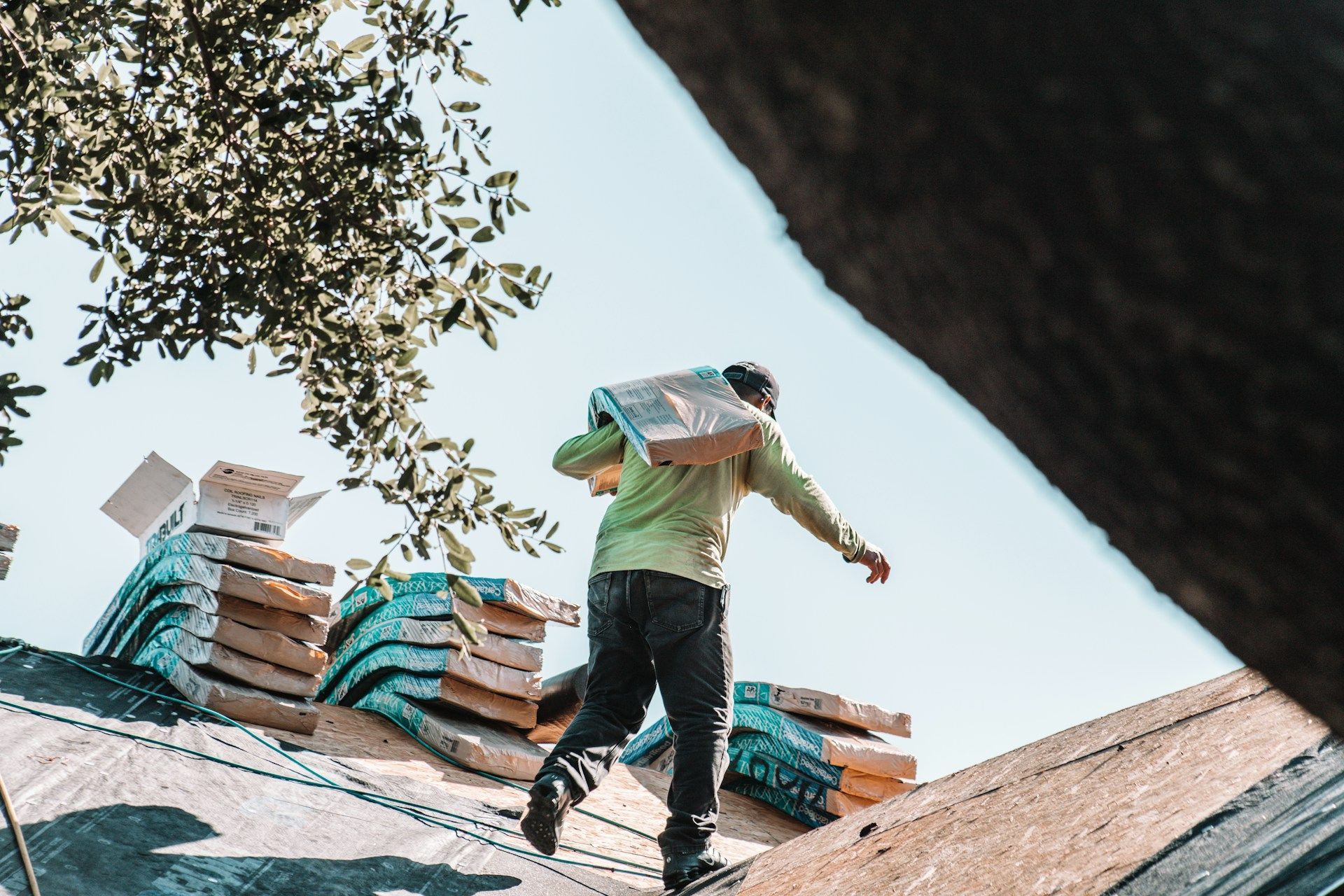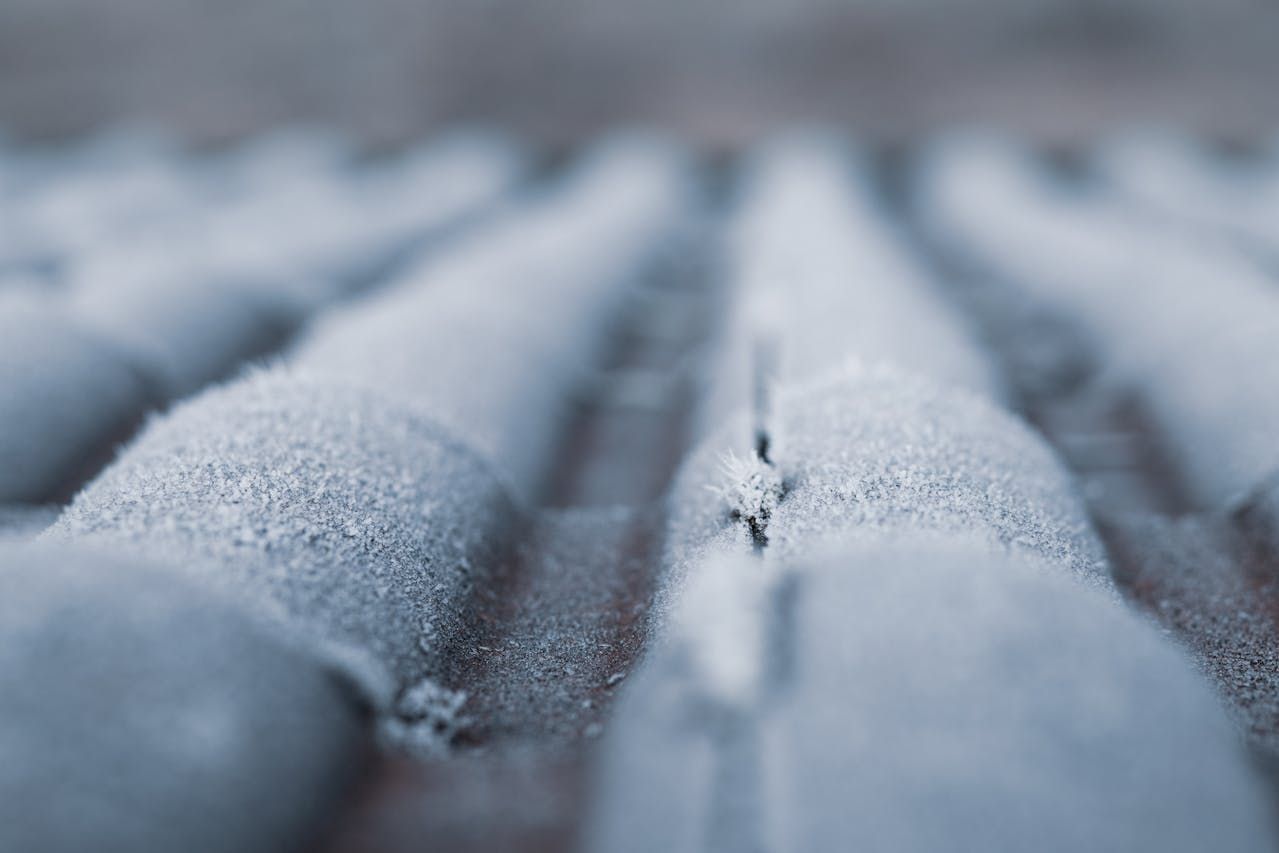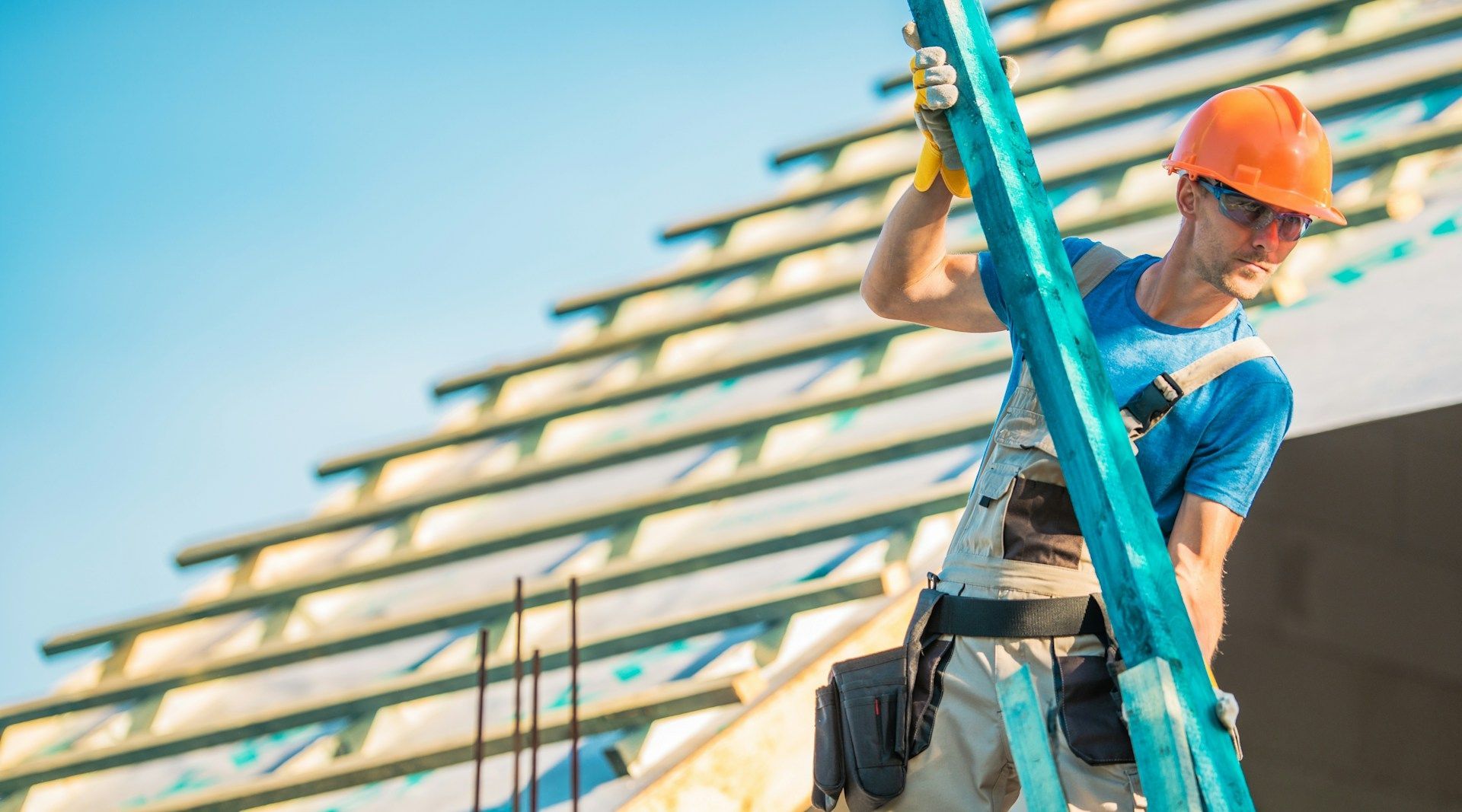Choosing the Best Siding for Your Climate
When it comes to protecting your home and enhancing its curb appeal, choosing the right siding material is crucial. Different climates place various demands on a home’s exterior, and not all siding materials are created equal. Making the right choice can save you money on maintenance and energy bills while ensuring your home stands up to the elements.
In selecting the best siding material for your climate, it’s important to consider factors such as durability, resistance to local weather conditions, and maintenance requirements. Some materials may excel in wet conditions but fail in extreme heat, while others might be perfect for cold climates but susceptible to heavy rain. Understanding these nuances helps you make an informed decision tailored to your local environment.
This guide will walk you through the process of choosing the best siding material for your climate. We'll explore the benefits of different materials, analyze the impact of your local weather, and provide maintenance tips to keep your siding in top shape, no matter where you live. By the end, you'll have a clear understanding of how to select the perfect siding for your home.
Understanding Different Siding Materials and Their Benefits
Choosing the right siding material is essential for both the appearance and protection of your home. There are various materials to choose from, each with its own set of benefits. Vinyl siding is a popular choice due to its affordability and low maintenance. It's available in a variety of colors and styles, making it easy to match your home's aesthetic. Additionally, vinyl siding is resistant to moisture, which helps prevent mold and mildew growth.
Wood siding offers a classic and natural look. It provides excellent insulation, which can help with energy efficiency. However, wood requires more maintenance than other materials; it needs to be painted or stained regularly to protect it from the elements. For a more modern option, consider fiber cement siding. This material is durable and resistant to fire, insects, and rot. It also mimics the look of wood, offering an attractive, low-maintenance alternative.
Analyzing Your Local Climate and Its Impact on Siding Choices
Your local climate plays a significant role in determining the best siding material for your home. In areas with harsh winters, it's important to choose a siding that can withstand freezing temperatures and snow. Fiber cement and insulated vinyl siding are excellent choices for cold climates, as they can resist damage from ice and moisture.
For homes in warm, humid regions, moisture-resistant materials such as vinyl or metal siding are ideal. These materials can prevent mold and mildew, which thrive in humid conditions. In areas prone to strong winds and storms, consider using materials like brick or stucco, which offer exceptional durability and protection against severe weather. By taking your local climate into account, you can ensure your siding choice will provide long-lasting protection and maintain its appearance for years to come.
Comparing Siding Options for Various Weather Conditions
Choosing the right siding involves comparing how different materials perform under various weather conditions. In cold climates, insulated vinyl or fiber cement siding is a strong choice. Both materials offer excellent thermal insulation to keep your home warm during harsh winters. Fiber cement is also resistant to damage from snow and ice.
For hot and humid climates, consider materials that can withstand intense heat and moisture. Vinyl siding is a good option as it resists moisture and prevents mold growth. Another strong contender is metal siding, such as aluminum or steel. Metal siding reflects sunlight, helping to keep your home cooler in extreme heat. Moreover, it doesn't warp or crack under high temperatures.
Areas prone to heavy rainfall and storms need sturdy, water-resistant options. Fiber cement and engineered wood siding are ideal here. Both materials are designed to handle significant moisture without swelling or rotting. They also offer excellent durability against the impact of storm debris. Identifying the best siding for your specific weather conditions ensures long-lasting performance and protection for your home.
Maintenance Tips for Different Siding Materials in Various Climates
Each siding material comes with its own set of maintenance requirements to keep it in top shape. Vinyl siding is relatively low-maintenance, but it benefits from regular cleaning with water and mild detergent to remove dirt and mildew. Inspect for cracks or damage after extreme weather to ensure it remains functional.
Fiber cement siding requires occasional repainting to maintain its appearance and weather-resistance. Check caulking around joints and edges every few years to prevent water infiltration. In very cold or highly humid climates, keep an eye out for mold or mildew, and clean as needed to avoid long-term damage.
Wood siding, while attractive, requires more frequent upkeep. Annual inspections for rot, insect damage, and water infiltration are crucial. Applying sealant or a fresh coat of paint every few years helps protect against the elements. Regular cleaning to remove debris and prevent mold growth is also essential, especially in humid environments.
For metal siding, periodic inspections for rust or dents are important. Clean with a gentle soap solution to remove grime and prevent corrosion. Applying a fresh layer of protective coating or paint every few years ensures the metal remains resilient against weather conditions. By following these tailored maintenance tips, you can extend the lifespan and beauty of your siding, no matter what climate you live in.
Conclusion
Choosing the best siding material for your home involves careful consideration of your local climate, the materials' benefits, and proper maintenance practices. By understanding how different siding options perform under various weather conditions and how to care for them, you can make an informed decision that will protect your home and enhance its appearance for years to come.
Ready to upgrade your home's siding for better performance and aesthetics? Contact Region Roofing & Remodeling today for expert advice and professional installation of
vinyl siding in Chicago. Let us help you find the perfect siding solution tailored to your climate and home needs.

